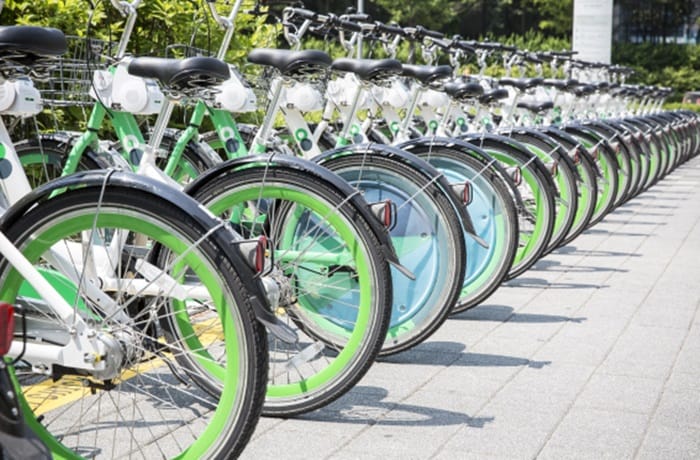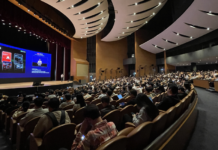
Seoul’s public bike system, Ttareungyi, or ‘Ding-a-ling,’ is getting attention for its smart technology that it offers. In March this year, the registered number of people using this eco-friendly form of transportation exceeded 620,000, after just two and a half years since it was first set up in Seoul, in September 2015. (Seoul Metropolitan Facilities Management Corporation)
By Hahm Hee-eun
Public bikes are an international trend that is expected to alleviate environmental problems, including air pollution and traffic congestion. There are successful examples, like in Wuhan and Hangzhou, where some of the largest public bike systems have been established. In contrast, there are cases of difficulty, such as in Paris and New York, where there are theft and vandalism problems.
As for Seoul, the public bike system Ttareungyi, or “Ding-a-ling,” started in September 2015 and since then it has been successful in growing in popularity. The reason why Ttareungyi is regarded as a success story lies in the convenience it offers through smart technology.
First of all, Ttareungyi can be rented and paid for, using the mobile app Seoul Bike. Without needing to register, you can purchase a daily ticket for KRW 1,000 by verifying your mobile phone number, or you can register and purchase different types of tickets, including tickets for 7 days that cost KRW 3,000, 30 days that cost KRW 5,000, 180 days that cost KRW 15,000 or 365 days at an even lower per-day cost.
Ttareungyi’s smart technology can also be found in the touch panel device attached at the heart of the bike. When riding around, you can check your usage time, travel distance and other useful information through the touch panel. If you have to leave the bike temporarily, you can park it safely anywhere with the onboard computerized lock. Simply pull out the connection line attached to the touch panel, fix the bicycle, plug in the cord, and lock it by putting in a password on the touch panel.
A text message service is also provided to let you know the return time in advance.
Returns can be made at any of the docks displayed on the app’s map. Even if the bicycle rack is completely full of other bikes, there’s no need to worry. The connection line attached to the touch panel can be plugged into another touch panel device of another bike, and the return process is automatically completed.
The smart technology of the Ttareungyi system works for non-Koreans, too. The app provides multiple languages, including English, simplified Chinese and Japanese. According to the Seoul Metropolitan Facilities Corporation, the usage numbers among non-Koreans have greatly increased, from 9,468 cases in 2016 to 14,088 cases in 2017, after the introduction of the Simplified Payment Procedure System for Non-Koreans. For non-Koreans, especially tourists, if you enter a credit card number, the system automatically recognizes that the user is a non-Korean and you can skip the registration procedure.
Currently there are 20,000 Ttareungyi bikes and 1,107 bicycle racks across Seoul.
As a result, the number of registered users exceeded 620,000 in March this year, after just two and a half years. The average number of daily uses has also doubled, from around 4,800 cases in March 2017 to 11,300 in March 2018.
Lee Ji-yoon, chairperson at the Seoul Metropolitan Facilities Management, said, “By analyzing big data, we’re establishing an efficient bike relocation and rack installment program. We’ll do our best to make Ttareungyi bikes more convenient and safe for all people to use.”
hehahm@korea.kr























